 The chemical sciences make a huge contribution to solving challenges in the biological sciences.
The chemical sciences make a huge contribution to solving challenges in the biological sciences.
So quite rightly, articles at the chemistry–biology interface make up an important part of ChemComm.
Here’s a selection of some recent articles, all free to access until 19th October:
Nucleic acid aptamers: an emerging frontier in cancer therapy
Guizhi Zhu, Mao Ye, Michael J. Donovan, Erqun Song, Zilong Zhao and Weihong Tan
Chem. Commun., 2012, DOI: 10.1039/C2CC35042D
Picomolar level profiling of the methylation status of p53 tumor suppressor gene by label-free electrochemical biosensor
Po Wang, Hai Wu, Zong Dai and Xiaoyong Zou
Chem. Commun., 2012, DOI: 10.1039/C2CC35615E
Oriented Immobilization of Oxyamine-Modified Proteins
Long Yi, Yong-Xiang Chen, Po-Chiao Lin, Hendrik Schroeder, Christof M. Niemeyer, Yaowen Wu, Roger S. Goody, Gemma Triola and Herbert Waldmann
Chem. Commun., 2012, DOI: 10.1039/C2CC35237K
Colorimetric detection of single-nucleotide polymorphisms with a real-time PCR-like sensitivity
Wei Shen, Huimin Deng, Alan Kay Liang Teo and Zhiqiang Gao
Chem. Commun., 2012, DOI: 10.1039/C2CC35070J
A bioresponsive controlled-release biosensor using Au nanocages capped with an aptamer-based molecular gate and its application in living cells
Wei Wang, Tao Yan, Shibin Cui and Jun Wan
Chem. Commun., 2012, DOI: 10.1039/C2CC33165A
Cascade imaging of proteolytic pathway in cancer cell using fluorescent protein-conjugated gold nanoquenchers
Kyoungsook Park, Jinyoung Jeong and Bong Hyun Chung
Chem. Commun., 2012, DOI: 10.1039/C2CC35687B
Eager for more?
Check out the Nucleic acids: new life, new materials web theme, jointly organised with OBC and RSC Advances.












 Costly metals in some solar cells could be replaced by cheap resins, according to Korean research.
Costly metals in some solar cells could be replaced by cheap resins, according to Korean research.



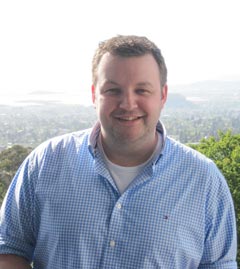
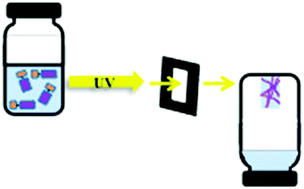
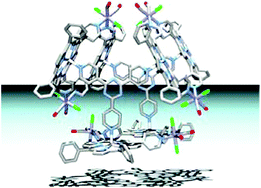 ChemComm
ChemComm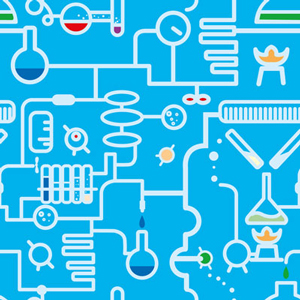
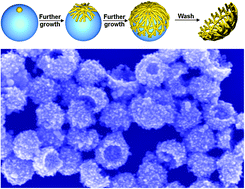 A gold nanocup – it sounds like something a posh fairy might drink out of. But actually, metal nanocups are promising particles for sensing and nanoelectronics thanks to their plasmon coupling and light scattering properties. Until now, they have been difficult to make but
A gold nanocup – it sounds like something a posh fairy might drink out of. But actually, metal nanocups are promising particles for sensing and nanoelectronics thanks to their plasmon coupling and light scattering properties. Until now, they have been difficult to make but